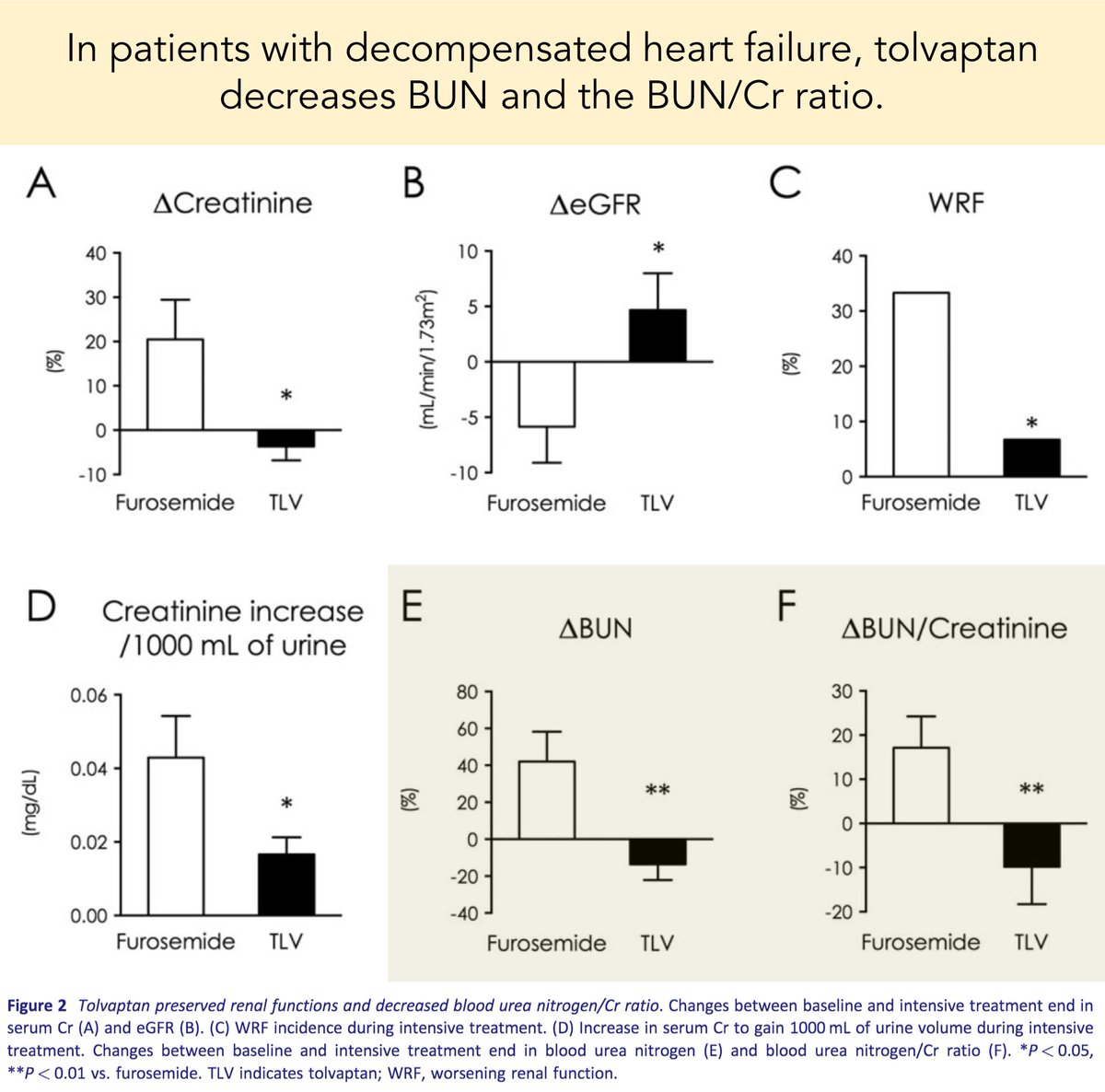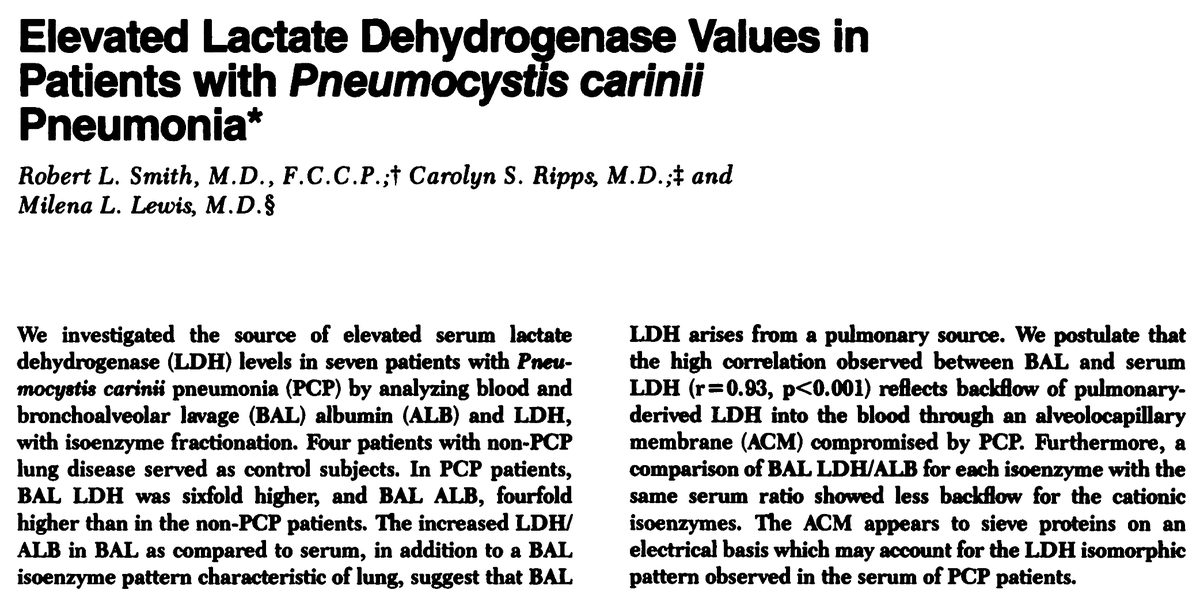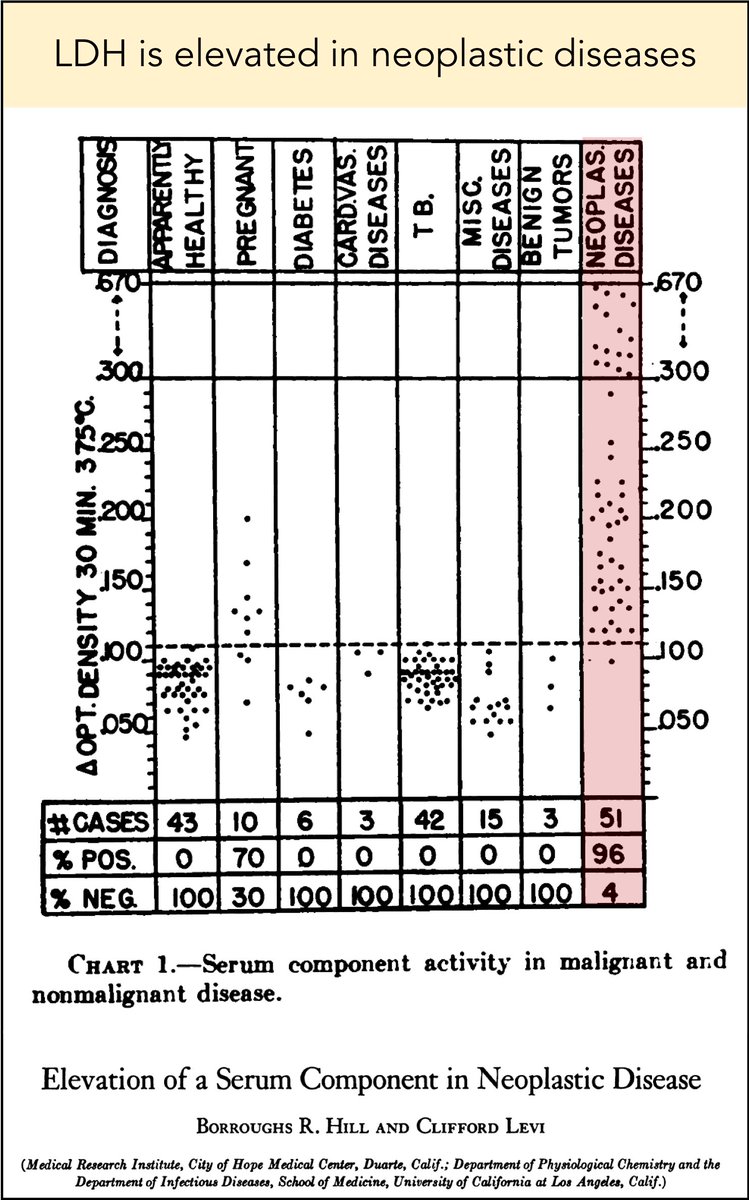Let's start with a question.
Why would prerenal states lead the kidney to hold onto more urea? Put another way, what does the reabsorption of urea lead to?
[PCT = proximal convoluted tubule; CD = collecting duct]
Here's the key: the urea that contributes to a concentrated medullary interstitium comes from its reabsorption in the collecting duct!
So, if the kidney is invested in reabsorbing more water, it should also be invested in reabsorbing urea from the collecting duct.
This key point leads to a question:
Given urea's role in creating a concentrated urine, what molecule would you expect to increase its reabsorption in the collecting ducts?
Urea reabsorption in the collecting ducts is under the control of antidiuretic hormone (ADH)!
More specifically, elevated ADH results in the placement of urea transporters (UT-A1 and A3) into the inner medullary collecting duct (see pic in tweet 5).
physiology.org/doi/abs/10.115…

➢ Urea is reabsorbed, then secreted, then reabsorbed again
➢ Proximal reabsorption follows water reabsorption (not the reverse...)
➢ Distal reabsorption is under the control of ADH and is used to generate a concentrated medullary interstitium
Based on the above, which condition would you suspect has a low BUN/Cr ratio?
There are some cool studies showing that patients with central diabetes insipidus have a low BUN/Cr.
Without ADH, patients are unable to reabsorb urea in the collecting tubule.
Result: even when dehydrated, their urea is low.
ncbi.nlm.nih.gov/pubmed/3179869

Another interesting observation: in patients with heart failure who receive tolvaptan, the BUN/Cr decreases.
Again, blocking the effects of ADH leads to an inability to reabsorb urea in the collecting ducts.
onlinelibrary.wiley.com/doi/full/10.10…

Based on the physiology described above, there are two possible sites of increased urea reabsorption that would lead to elevated BUN/Cr in prerenal acute kidney injury?
Which do you think is the more important site?
I haven't been able to find a conclusive study showing that either the proximal tubule or the collecting duct is THE site of increased reabsorption that leads to an elevated BUN/Cr.
Some argue for PT: ncbi.nlm.nih.gov/pmc/articles/P…
Others argue for the CD: kidney-international.org/article/S0085-…

Before closing, let's re-ask our original question.
Why would prerenal states lead the kidney to hold onto more urea? Put another way, what does the reabsorption of urea lead to?
[PCT = proximal convoluted tubule; CD = collecting duct]
💥Why does prerenal AKI lead to an elevated BUN/Cr ratio?💥
➢ Urea is reabsorbed in the proximal tubule and collecting duct (CD)
➢ ADH controls CD reabsorption and allows for urine concentration
➢ Prerenal AKI may lead to ↑ADH ➔ ↑CD urea reabsorption ➔ ↑BUN/Cr









